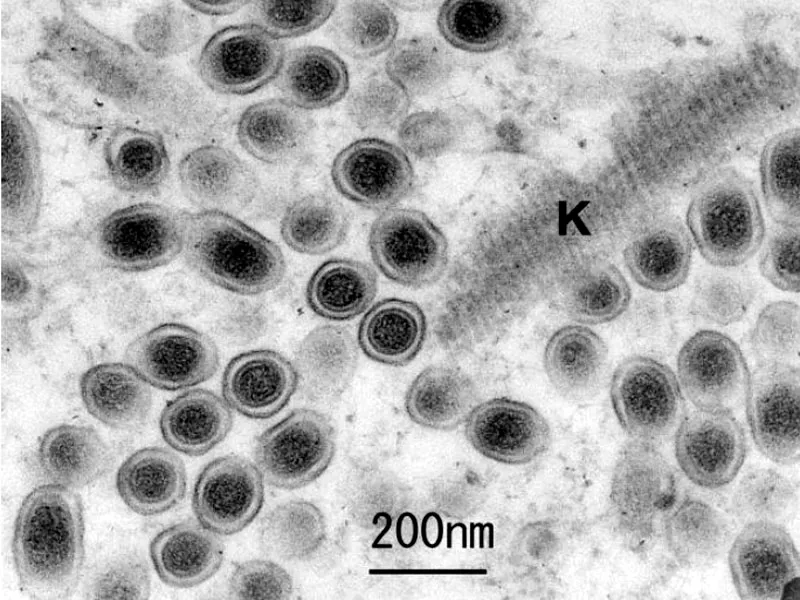Pathological and Molecular Analysis of Turkey Coronavirus Replication in Captive Wild Turkey Embryos (Broad-Breasted Bronze Breeder)
DOI:
https://doi.org/10.24070/bjvp.1983-0246.004028Keywords:
Turkey Coronavirus, spike gene, wild turkey species, pathologyAbstract
Haemophilus parasuis is one of the first and most prevalent colonizers of piglets, affecting the swine population from 2 weeks to 4 months of age. In this work, the relative incidence of H. parasuis isolated from swine in the west of Santa Catarina from 2007 to 2010 was investigated. White, flat and non-hemolytic colonies (satellitism growth with Staphylococcus aureus) of approximately 1 mm in length were identified by biochemical tests. Out of 384 samples examined during this period, 32 (8.33%) tested positive to isolation of H. parasuis. In 2007 and 2008 only 1 case of H. parasuis was isolated per year from a total of 62 and 60 samples, respectively. In 2009, 19 cases from 126 (15.08%) and in 2010, 11 cases of H. parasuis were isolated from a total of 136 samples (8.09%). These results suggest a growing incidence of this bacterium in the swine flock in this area.The degree of genetic and pathologic variation exhibited by a turkey Coronavirus (TCoV) strain was investigated after nine serial passages in 25-day-old turkey embryos obtained from wild broad-breasted bronze breeders. In spite of spleen, liver, kidneys, cloacal bursa and thymus have been collected and analysed, the main histopathological changes were only documented in the intestine sections. Microscopic lesions were characterized as mild enteritis, low degree of enterocyte vacuolization and detachment of the intestinal villous after five consecutive passages and were considered absent in the last passages. Genealogic analysis based on S1 and S2 DNA sequences suggested that Brazilian isolate might be considered as originated from TCoV strains circulating in the United States, as 100% identity with TCoV-Gl strain. Although S1 S2 sequences from each passage revealed no significant point mutations, and no correlation could be speculate between S2 nucleotide changes and pathologic features in infected embryos. This is the first demonstration of wild turkey embryos as a model for TCoV isolation and propagation.


